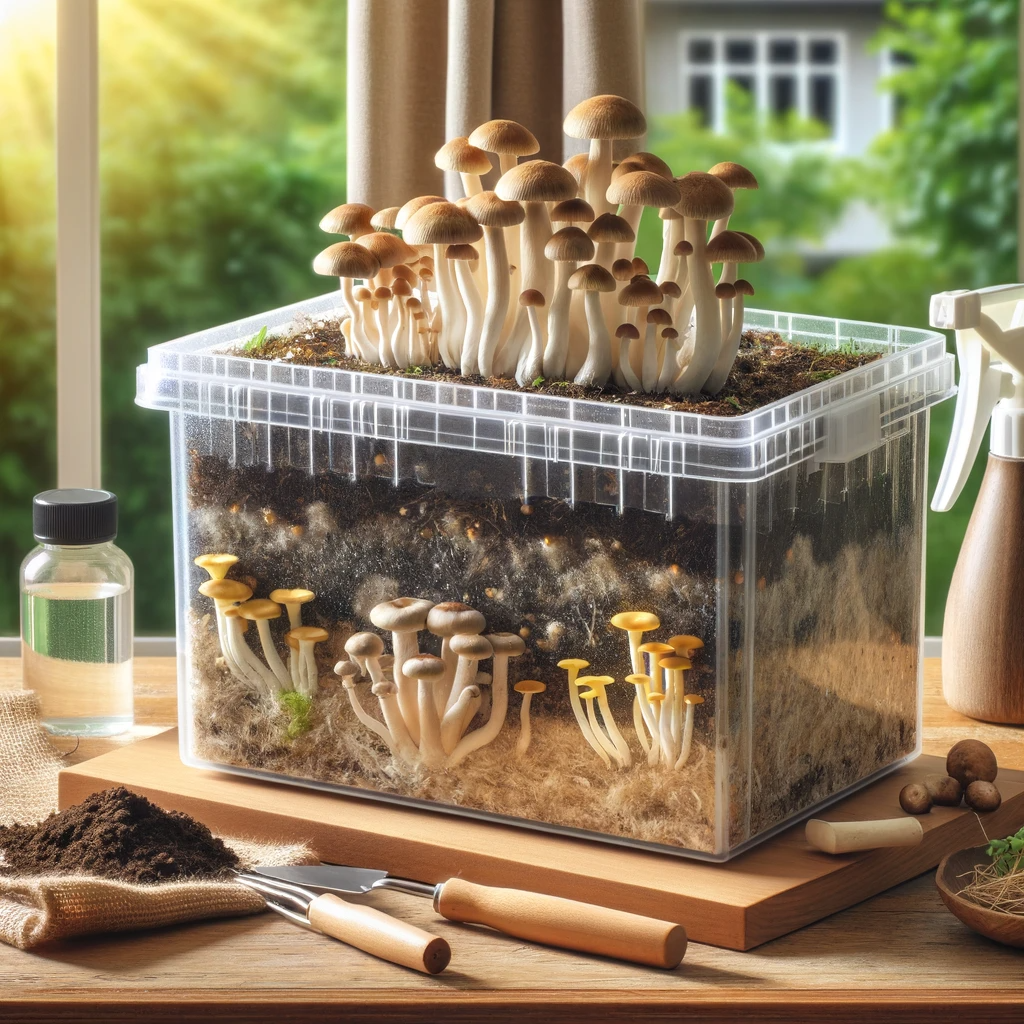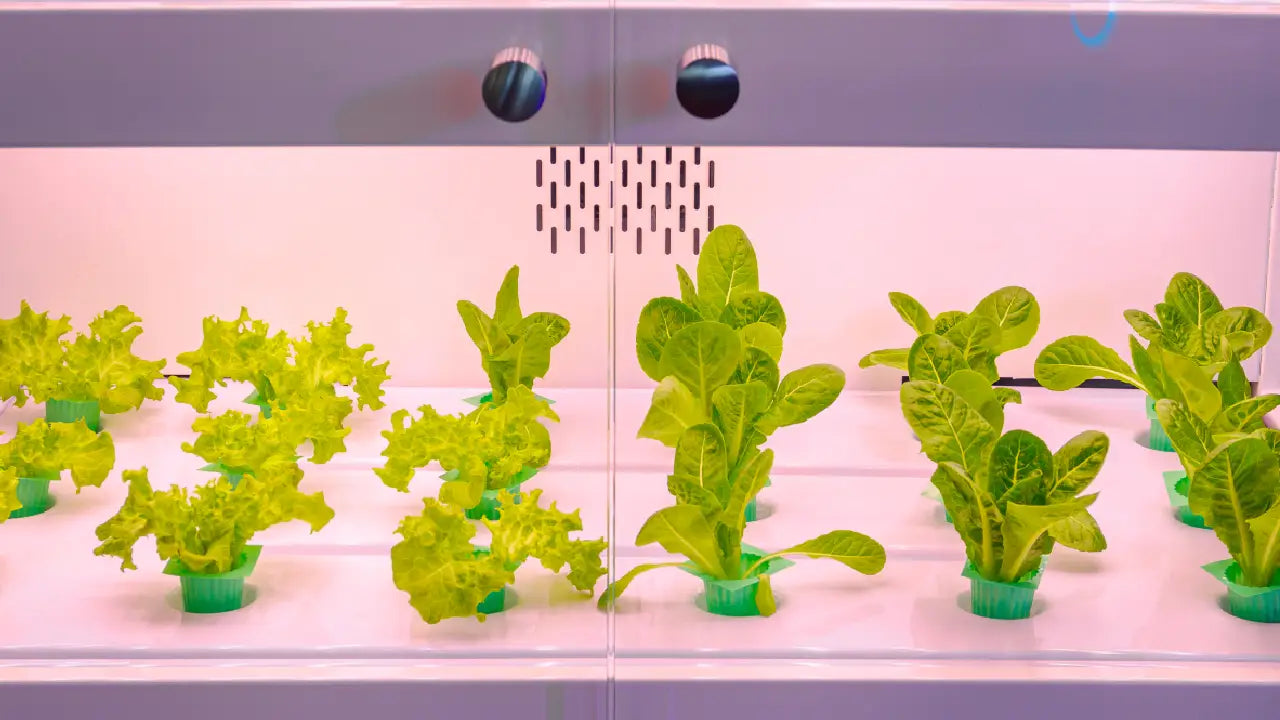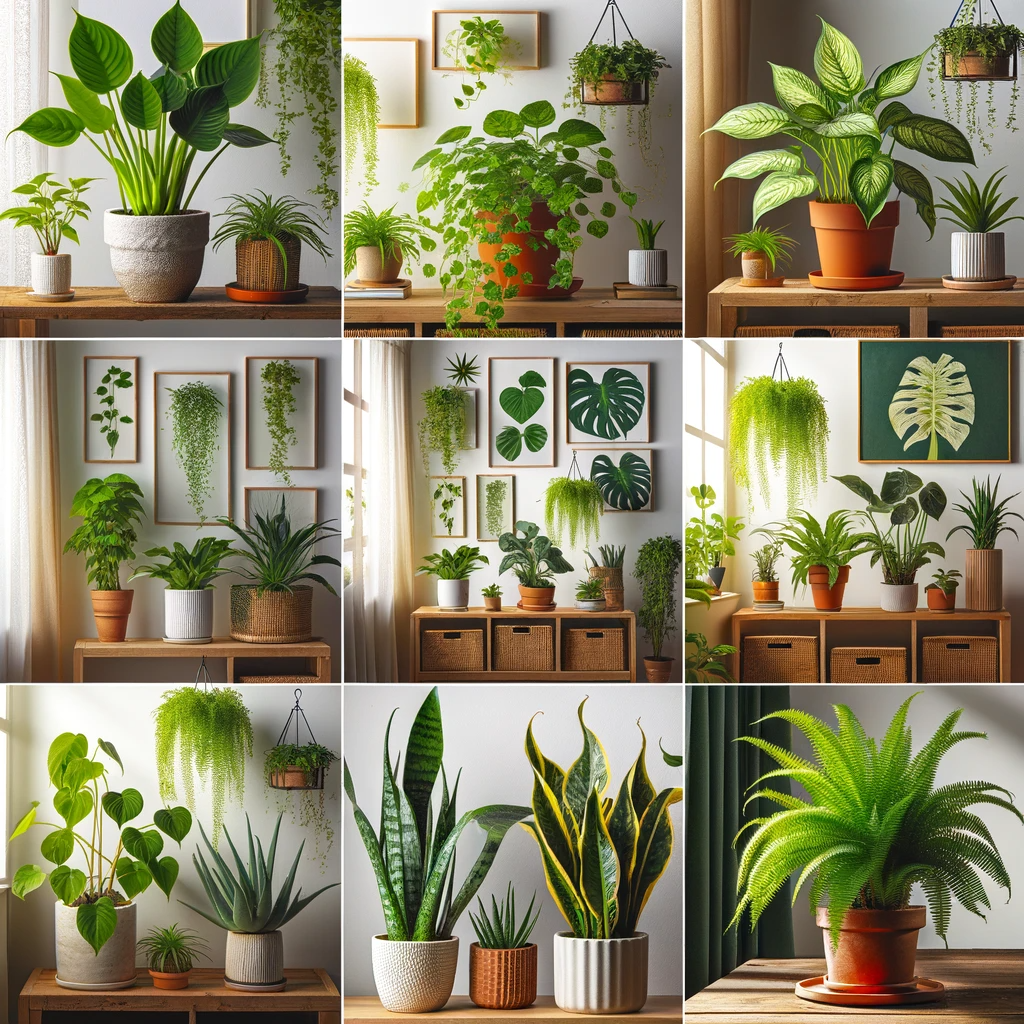
Mushroom Grow Box: Easy Home Cultivation for Mushroom Enthusiasts
A Beginner's Guide to Mushroom Grow Boxes
Mushroom cultivation has gained popularity recently, with enthusiasts and foodies discovering the joys of growing their gourmet fungi. While starting from scratch can be daunting, mushroom grow boxes provide a convenient and beginner-friendly way to embark on your mycological journey. In this guide, we'll walk you through everything you need about mushroom grow boxes, from selecting the right one to nurturing your fungal friends to harvest.
From Fruiting to Feasting: Your Mushroom Grow Box Adventure
Mushroom grow boxes, or mushroom grow kits, are pre-packaged systems designed to simplify the cultivation process. They typically include everything you need to grow mushrooms at home, including substrate (the material on which mushrooms grow), mycelium (the fungus itself), and often, a plastic bag or container for the growing environment. Some common mushroom varieties for grow boxes include oyster mushrooms, shiitake, and lion's mane.

Choosing the Right Mushroom Variety
Before you dive into mushroom cultivation, decide which mushroom variety you want to grow. Different mushrooms have varying requirements and flavors, so choose one that suits your taste and experience. Here are a few popular options:
Oyster Mushrooms: Ideal for beginners, oyster mushrooms are fast-growing and versatile. They come in various colors and offer a mild, nutty flavor.
Shiitake Mushrooms: Shiitakes have a rich, savory taste and are popular in many dishes. They require a bit more patience and care but are worth the effort.
Lion's Mane Mushrooms: Known for their unique appearance and seafood-like flavor, lion's mane mushrooms are gaining popularity in gourmet cuisine.
Exploring Unique Mushroom Species
While oysters, shiitake, and lion's mane are popular for grow boxes, there's a world of fascinating and lesser-known mushroom species to explore. Some of these include:
Reishi Mushrooms: Known for their potential health benefits and adaptogenic properties, they have a woody texture and are often used in teas and tinctures.
Maitake Mushrooms: Also called hen of the woods, maitake mushrooms have a robust flavor and are sought after by culinary enthusiasts.
Morel Mushrooms: Highly prized by foragers, morels have a distinctive honeycomb appearance and a nutty, earthy flavor.
Enoki Mushrooms: These delicate, long-stemmed mushrooms are popular in Asian cuisine and can be grown in smaller containers or jars.
Setting Up Your Mushroom Grow Box
Once you've chosen your mushroom variety, follow these steps to set up your grow box:
Prepare the Space: Find a suitable location with indirect sunlight and stable temperatures. A kitchen counter or a closet is often a good choice.
Open the Box: Follow the instructions provided with your grow box to open it and expose the mycelium to air and light.
Maintain Moisture: Mushrooms need humidity to grow. Mist the inside of the box regularly with water to maintain moisture levels.
Caring for Your Mushrooms
Mushrooms are relatively low-maintenance, but they do require some attention:
Temperature: Maintain a consistent temperature according to the specific requirements of your chosen mushroom variety.
Ventilation: Ensure proper air circulation by opening the grow box's lid or following the kit's instructions.
Harvesting: Harvest your mushrooms when they reach the desired size. Use a clean knife or scissors to cut them at the base.
Enjoying Your Homegrown Mushrooms
The best part of growing your mushrooms is enjoying the fruits of your labor. Use your freshly harvested mushrooms in various dishes, from stir-fries to pasta, or sauté them with butter and herbs for a delicious side dish.
Troubleshooting Common Issues
While mushroom grow boxes simplify the cultivation process, you may encounter some common issues along the way:
Contamination: Look for any signs of contamination, such as mold or strange odors. If you notice these issues, removing the affected area immediately is essential to prevent further spread.
Slow Growth: If your mushrooms take longer to grow than expected, ensure that you maintain the right temperature and humidity levels. Patience is key; some mushroom varieties may grow more slowly than others.
Overwatering: While maintaining moisture is crucial, avoid overwatering, which can lead to mold or other problems. Follow the provided instructions for misting and avoid soaking the substrate.
Expanding Your Mycological Skills
Once you've successfully grown mushrooms with a grow box, you might want to explore more advanced mushroom cultivation techniques:
Starting from Spores: Consider working with mushroom or liquid culture to inoculate your substrate. This method allows for greater variety in mushroom strains and species.
Building Your Setup: If you're feeling adventurous, create your mushroom-growing setup using materials like sterilized jars, grain spawn, and a fruiting chamber. This approach offers more control and customization but requires more knowledge and effort.
Exploring Other Mushroom Varieties: There are thousands of mushroom species to explore, each with unique flavors and characteristics. As you gain experience, experiment with different varieties to expand your culinary horizons.
Saving Mushroom Cultures
Once you've successfully grown mushrooms from a kit, you can save some harvested mushrooms to create a culture for future growth. This can save you money and allow you to grow your favorite mushroom varieties continually. To do this:
Select a healthy, mature mushroom from your harvest.
Sterilize a petri dish and agar medium (a gelatinous substance for growing mycelium).
Aseptically transfer a small piece of the mushroom's tissue onto the agar medium.
Allow the mycelium to grow on the agar until it forms a dense network.
Transfer the mycelium culture to a sterilized substrate, such as a grain, to create a spawn for future growth.
DIY Fruiting Chambers
If you're interested in growing mushrooms beyond the capabilities of a grow box, consider building your fruiting chamber. Fruiting chambers provide better control over temperature, humidity, and air exchange, which can result in larger yields and better-quality mushrooms. Popular designs include monotubs and Martha Stewart-style chambers. You can find detailed instructions online for building these chambers.
Sustainable Mushroom Cultivation
Consider the environmental impact of your mushroom cultivation. Substrate ingredients, such as straw or coffee grounds, can often be sourced sustainably. Additionally, some growers use spent substrate as a valuable resource in gardening or composting.
Safety Precautions
Always prioritize safety when working with mushrooms. Some species can be toxic, so only consume wild mushrooms if you are an experienced forager. Ensure that your tools and equipment are properly sanitized when growing mushrooms to prevent contamination.
Harvesting Happiness: Growing Mushrooms with Mushroom Grow Boxes
Mushroom grow boxes offer an accessible and rewarding way to delve into mushroom cultivation. Whether you're a seasoned gardener or a beginner, growing your mushrooms can be a fun and delicious hobby. With a little care, patience, and the information provided in this guide, you can become a successful mushroom grower and savor the unique flavors of your homegrown fungi.
Remember, every mushroom-growing journey is a learning experience, so don't be discouraged by any initial setbacks. With practice and a touch of mycological finesse, you'll harvest gourmet mushrooms quickly.





